And more Egg-speriments! (Eggs and Pollution)
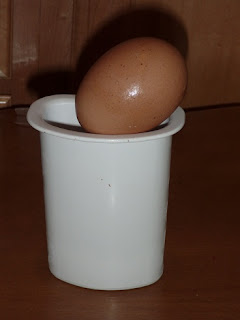 |
| This picture simply shows how a normal egg would not fit into this container. |
 |
| Then we slowly pushed the vinegar-soaked egg down into the container. |
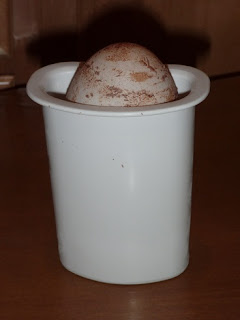 |
| We watched in amazement as we were able to push the entire egg into the container before it broke! |
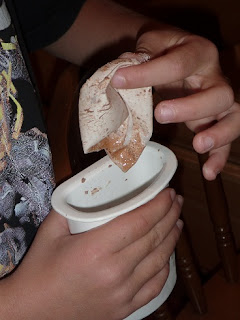 |
| The egg shell was amazingly soft and pliable. LD really understood how pollution and/or pesticides/poison can affect the eggs of birds and other wildlife. |
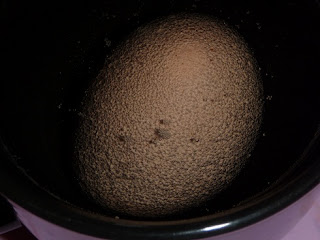
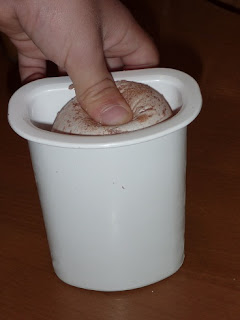






















































I just found your blog and My kids and I did all these experiments this summer. Did you find the one where your can squeeze a hard boil egg into a milk bottle with out it breaking. That was my kids favorite.
I just found your blog and My kids and I did all these experiments this summer. Did you find the one where your can squeeze a hard boil egg into a milk bottle with out it breaking. That was my kids favorite.
You can also continue on with the vinegar soaked egg. You should be able to remove the egg shell while still keeping the membrane and egg itself intact. Then, you can put the egg into different types of solutions and look at the movement of water to study osmosis and semi-permeable membranes on cells.
You can also continue on with the vinegar soaked egg. You should be able to remove the egg shell while still keeping the membrane and egg itself intact. Then, you can put the egg into different types of solutions and look at the movement of water to study osmosis and semi-permeable membranes on cells.